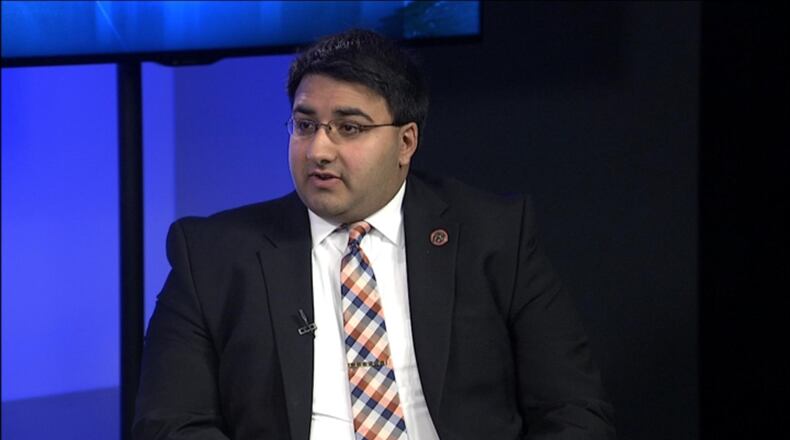MORE: DPS, Sinclair weigh in on possible Dayton RTA strike
RTA CEO Mark Donaghy told the Dayton Daily News the bus authority will determine Saturday the level of service available to customers Monday under a strike.
Sunday’s meeting will be held 9 a.m. at the RTA headquarters at Third and Main streets.
Union officials arrive
Salyer said the national negotiating team has arrived in Dayton, although one lawyer will arrive later today. He said union members are apprised of where to go during a strike, noting the union could utilize three picket locations including Third and Main streets downtown and at the Longworth Street garage.
Earlier this week, RTA officials ordered temporary fencing built around the facility.
WHO WILL SUFFER? 5 groups brace for Dayton RTA strike
Salyer also provided the Dayton Daily News with new details on how drivers would wind-down operations during a strike.
“We are not going to leave anybody anticipating a bus Sunday night,” Salyer said, averting a concern buses could be left unattended on roads. “We’re going to complete those routes to make sure no one is on the streets.”
“We owe it to the passengers to make sure they get home safe,” he said.
Lawmakers react
Montgomery County Commissioner Dan Foley urged RTA officials and ATU leaders to “go into Sunday’s meeting with the right attitude.”
“There is too much at stake for this entire community,” Foley said. “They need to put aside their differences, listen to each other and resolve this. A strike will hurt both sides and thousands of people who rely on this service for their livelihood and medical needs.”
LATEST: RTA strike threatens disabled persons, hundreds of factory workers
State Rep. Niraj Antani, R-Miamisburg, said the parties have his “support and any resources” to end the strike. He said the parties should return to the table “immediately” instead of Sunday.
“A strike would have devastating consequences on our community,” Antani said in a letter to union officials and RTA management. “It will leave thousands of students, single mothers, and working class Daytonians without transportation to get to school, to work, and to the grocery store to put food on the table.”
About the Author
